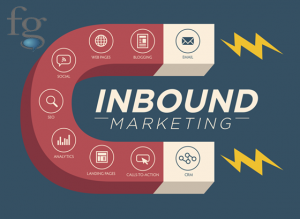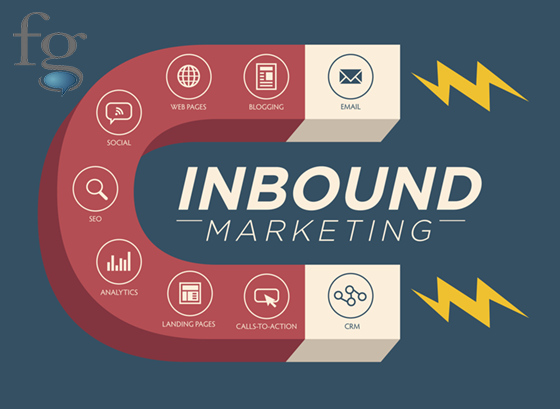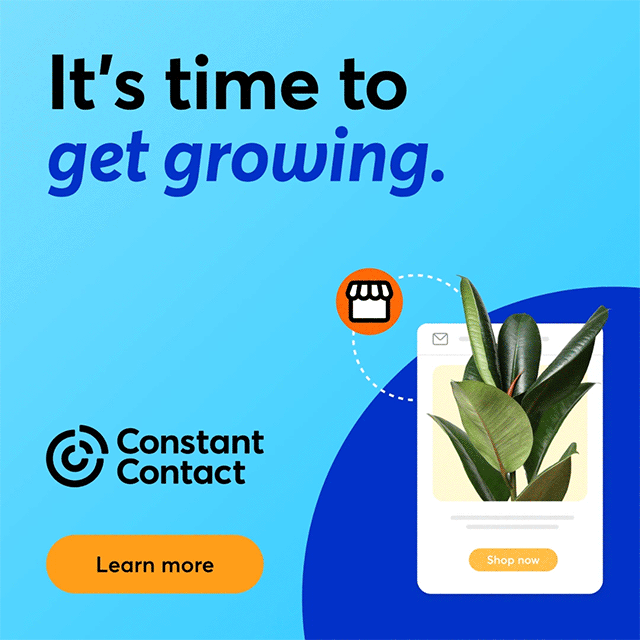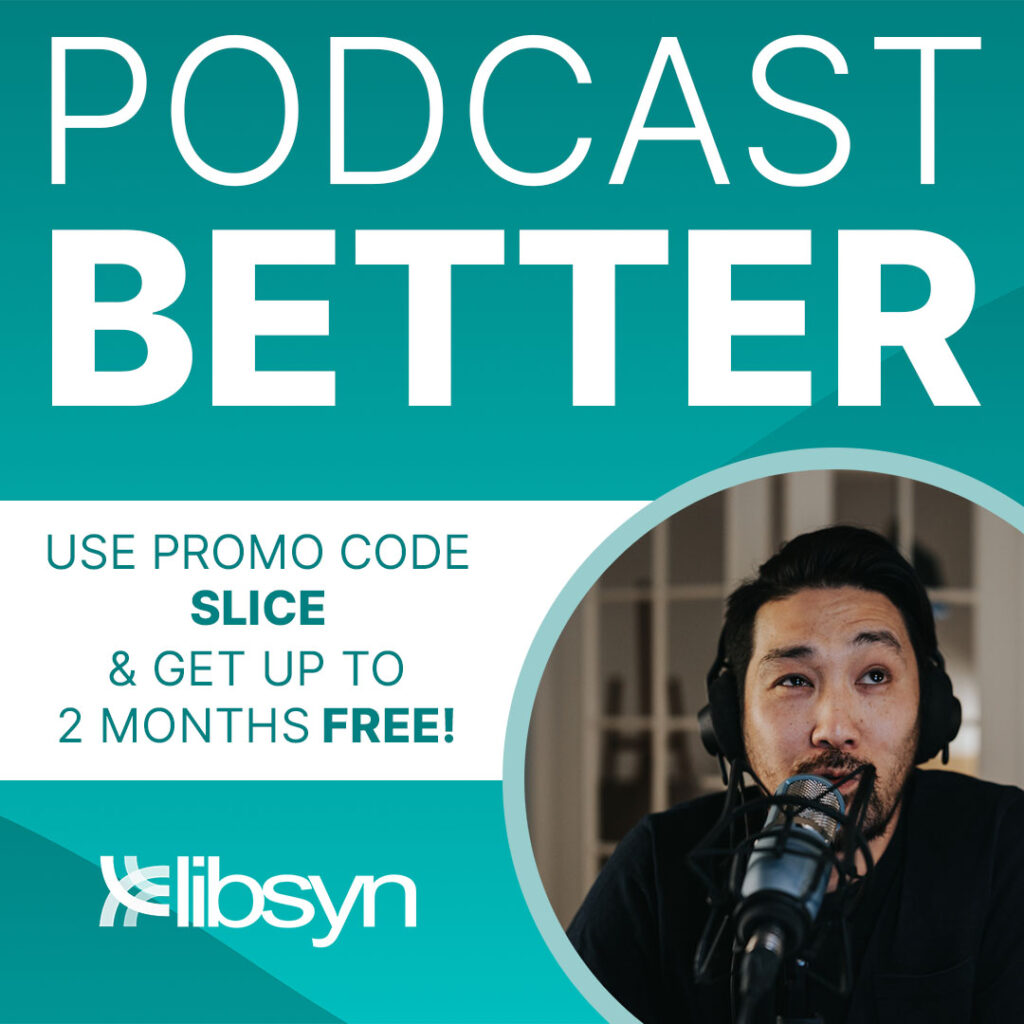Inbound marketing strategies have proved immensely successful. The first search engines didn’t launch until the 1990s (the first was Archie in 1990, followed rapidly by a host of others, including Yahoo in 1994, Google in 1995, Ask in 1997 and MSN in 1998). It was soon after that Brian Halligan, CEO of Hubspot, coined the phrase “inbound marketing” in 1999.
In the less-than-20 years since the advent of inbound marketing, the practice has experienced rapid growth and is now widely recognized as an important tool to have in your marketing tool box. Today, 73% of marketers report inbound strategies are their primary approach. 4 times as many inbound marketers rate their strategies as “highly effective” compared to outbound marketers. And B2B marketers on average now commit almost 30% of their budgets to content marketing alone.
Like an Asteroid from Deep Space
When the physical environment changes suddenly (like a 1-mile wide asteroid striking the planet) evolution speeds up. To survive, species must adapt quickly or experience extinction.
 Increasing consumer skepticism regarding traditional, outbound strategies like TV ads and telemarketing in the 90s and early in this century hit the marketing world like that asteroid from deep space—and inbound marketing was the successful adaptation (a marketing mutation producing a new evolutionary approach), one which quickly learned how to rebuild consumer trust and get the sales engine back on track. Said differently, the dinosaurs are gone, and those wily little rodents which once scurried away from their plodding reptilian feet now rule the planet.
Increasing consumer skepticism regarding traditional, outbound strategies like TV ads and telemarketing in the 90s and early in this century hit the marketing world like that asteroid from deep space—and inbound marketing was the successful adaptation (a marketing mutation producing a new evolutionary approach), one which quickly learned how to rebuild consumer trust and get the sales engine back on track. Said differently, the dinosaurs are gone, and those wily little rodents which once scurried away from their plodding reptilian feet now rule the planet.
The Environment Is Still Changing
The shifting landscape of consumer sentiment continues unabated, forcing inbound marketers to continually adapt with new strategies which effectively respond to those changes. The current year is no different. Here are 5 inbound marketing trends industry insiders expect to gain a firmer foothold in 2017:
- Using interactive content to increase engagement: according to Content Marketing Institute, 53% of marketers now use interactive content like polls, calculators, webinars and interactive infographics. This kind of rich content educates consumers, is engaging, and builds trust.
- Incorporating buyer personas: Hubspot defines a buyer persona as “a semi-fictional representation of your ideal customer based on market research and real data about your existing customers.” Increasingly, marketers appreciate the value of buyer personas to effectively segment their target audience and deliver content which is both relevant and persuasive.
- Going mobile: Google’s announcement of mobile first indexing last year has created a greater sense of urgency to make every aspect of inbound marketing mobile friendly. Marketers know mobile commerce is now more than 30% of total U.S. commerce and are giving greater weight to things like responsive email templates and mobile-friendly e-commerce sites.
- Appreciating the importance of social media: marketers have leveraged the enormous audience social media provides for some time. For example, it was reported almost 2 years ago that 64% of marketers were using social media for 6 or more hours every week. In 2017, the push for social media relevance will increase exponentially. Many businesses who don’t have a solid social media strategy will create one; those who do have a strategy will reassess it to remain competitive.
- More fully embracing email marketing: because email marketing has been around for some time, many marketers have associated it with traditional outbound practices. The fact is email marketing remains among the most reliable and lucrative channels for inbound marketers, generating an average ROI of 4,300%. Those kinds of results will lead an increasing number of marketers to more fully embrace email marketing this year.
Conclusion
Marketing has never been a static enterprise, and inbound marketing is no different. Each year, it changes and adapts to new market conditions and shifting consumer concerns. To learn more about the ways out inbound marketing services—like blogging, email marketing, social media campaigns, website design and video production—can help you grow your business and increase sales, contact us today.








